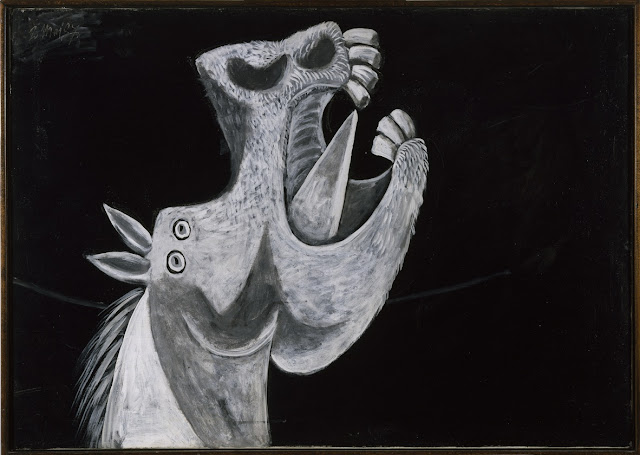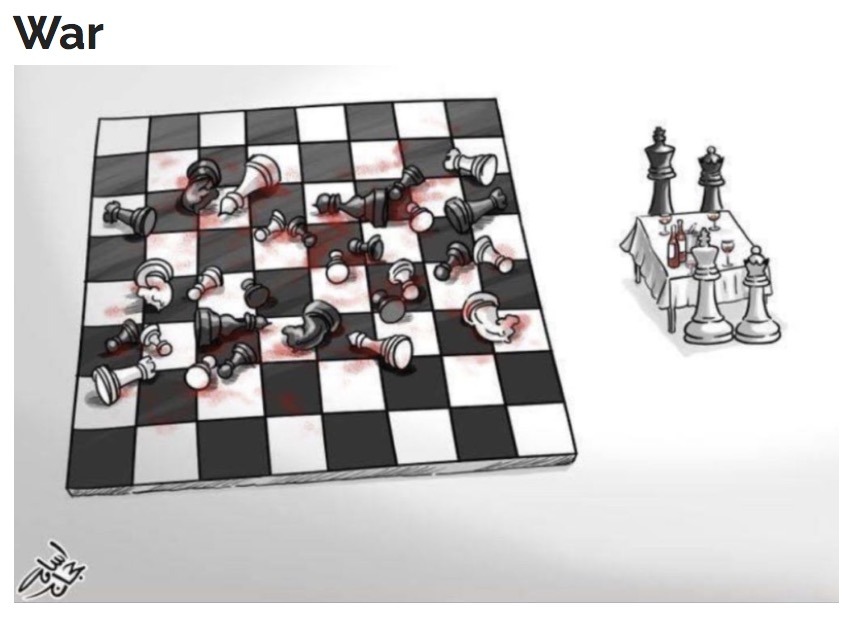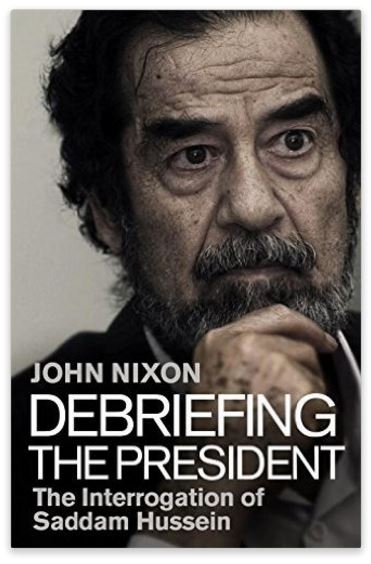One hundred years after the end of the war that was to end all wars, the First World War, we still don’t understand what wars are, why we fight wars, why we can’t stop fighting them. We are surrounded, it seems, by things we don’t understand: why do people fight wars? Why are wars so commmon? Why can’t we find a way to stop them? Why people still fall for the most obvious propaganda tricks?
Below, you can find an excerpt from the 1980 book by David Wilkinson, “Deadly Quarrels” that starts with a list of the various theories put forward in modern times to explain how peace could be attained. Still perfectly valid today, the list highlights the confusion pervading the attempts to put an end to war. It reminds the 200+ theories that Demandt reports for the reasons of the fall of the Roman Empire. More than that, it reminds of Paul of Tarsus (Corinthians 1) when he says “God hath chosen the foolish things of the world to confound the wise.” And this is war, a foolish thing that keep confounding us.
From “Deadly Quarrels” by David Wilkinson, 1980 (*)
The most common way of contributing to the debate over war causation and peace strategy has been to assert some definite theory, to show how it fits current circumstances, and to deduce immediate practical conclusions. If we follow this public debate, we may expect to be told that war is a consequence, for instance, of wickedness, lawlessness, alienation, aggressive regimes, imperialism, poverty, militarism, anarchy, or weakness. Seldom will any evidence be offered. Instead the writer is likely to present a peace strategy that matches his theory of war causation. We shall therefore learn that we can have:
…click on the above link to read the rest of the article…
















BEIJING – The next economic crisis is closer than you think. But what you should really worry about is what comes after: in the current social, political, and technological landscape, a prolonged economic crisis, combined with rising income inequality, could well escalate into a major global military conflict
The 2008-09 global financial crisis almost bankrupted governments and caused systemic collapse. Policymakers managed to pull the global economy back from the brink, using massive monetary stimulus, including quantitative easing and near-zero (or even negative) interest rates.
But monetary stimulus is like an adrenaline shot to jump-start an arrested heart; it can revive the patient, but it does nothing to cure the disease. Treating a sick economy requires structural reforms, which can cover everything from financial and labor markets to tax systems, fertility patterns, and education policies.1
Policymakers have utterly failed to pursue such reforms, despite promising to do so. Instead, they have remained preoccupied with politics. From Italy to Germany, forming and sustaining governments now seems to take more time than actual governing. And Greece, for example, has relied on money from international creditors to keep its head (barely) above water, rather than genuinely reforming its pension system or improving its business environment.
The lack of structural reform has meant that the unprecedented excess liquidity that central banks injected into their economies was not allocated to its most efficient uses. Instead, it raised global asset prices to levels even higher than those prevailing before 2008.
…click on the above link to read the rest of the article…